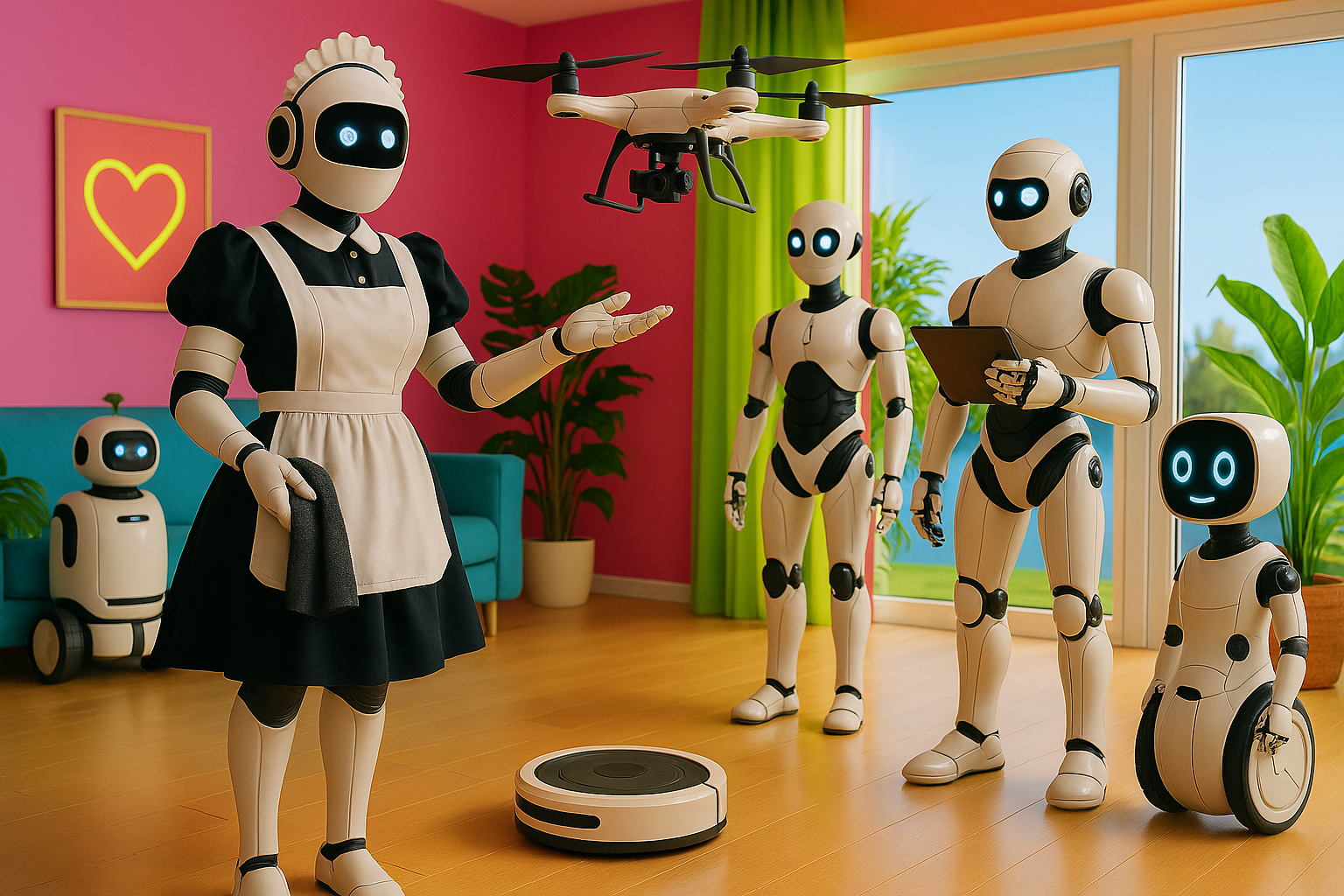URCA Articles
-
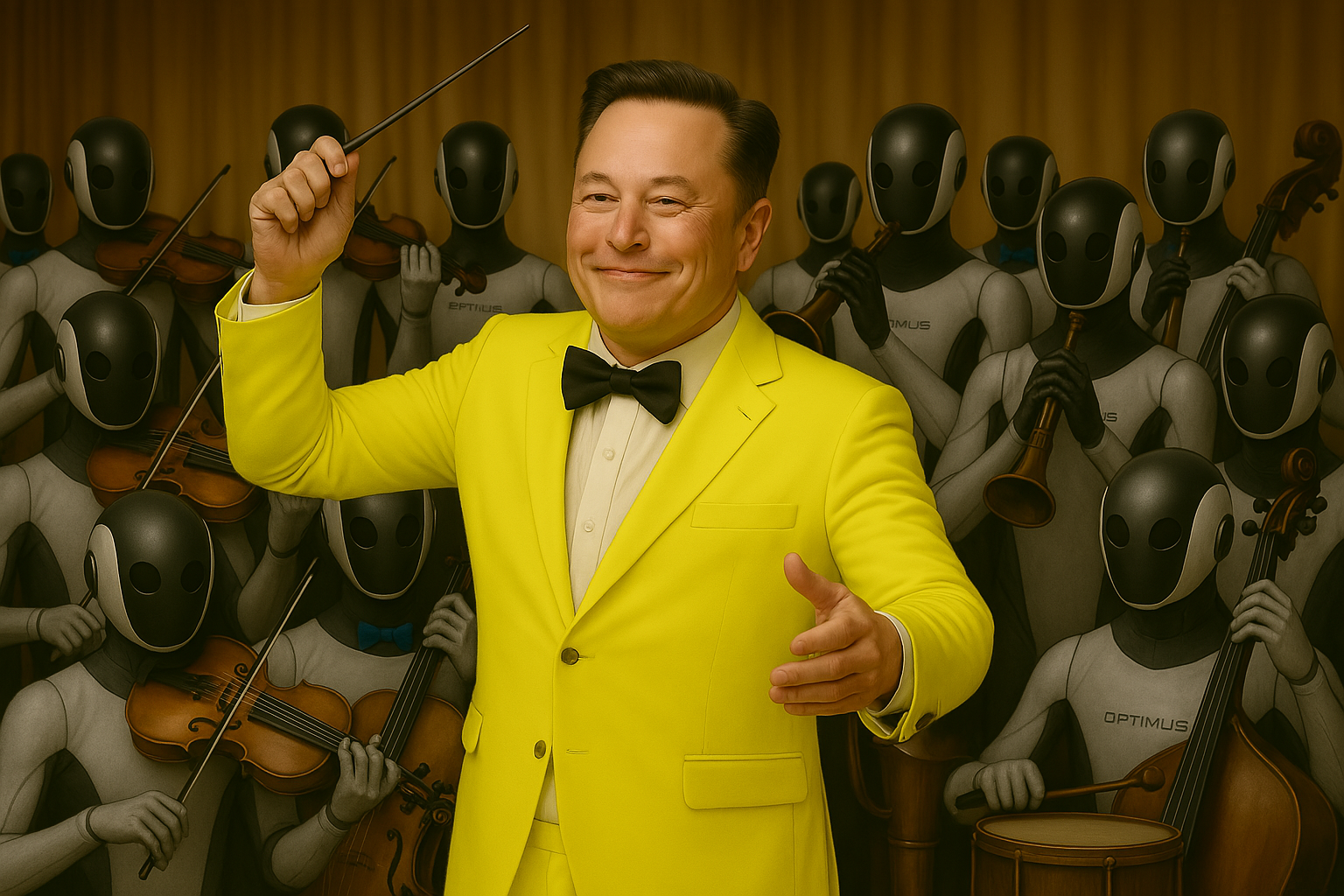
Elon Musk’s Journey: How Each Venture Advances AI and Robotics
Elon Musk is widely known as a visionary entrepreneur behind transformative companies like PayPal, Tesla, and SpaceX. Yet a unifying thread underlies Musk’s diverse ventures: a relentless drive to push the frontiers of artificial intelligence (AI) and robotics. Over the past three decades, Musk has repeatedly founded or funded companies that, directly or indirectly, advance…
-

Shark PowerDetect 2-in-1 Robot Vacuum and Mop with NeverTouch Pro Base: A New Era in Intelligent Home Cleaning
Introduction In the world of intelligent domestic robotics, floor-cleaning robots have gone from novelty to near ubiquity. The first robotic vacuums of the early 2000s, like the original Roomba, were rudimentary—bumping around randomly and requiring frequent human intervention. Fast forward to 2025, and an estimated 55 million personal and domestic service robots are in use…
-
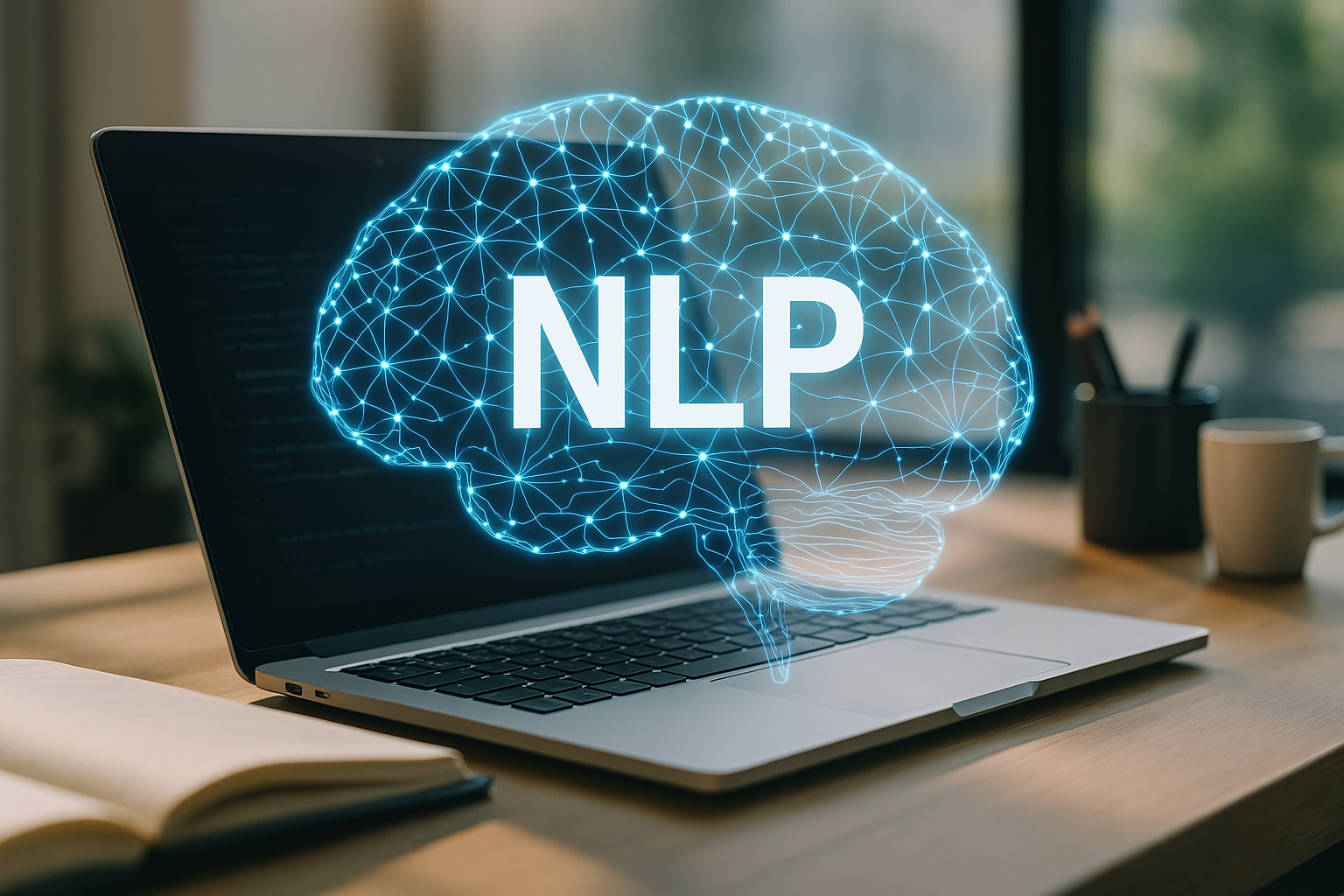
Natural Language Processing (NLP)
Definition of NLP Natural Language Processing (NLP) is a branch of artificial intelligence (AI) and computer science that focuses on the interaction between computers and human language. In simple terms, NLP enables machines to understand, interpret, process, and generate human (natural) languages, both text and speech, in a way that is useful and meaningful. Achieving…
-
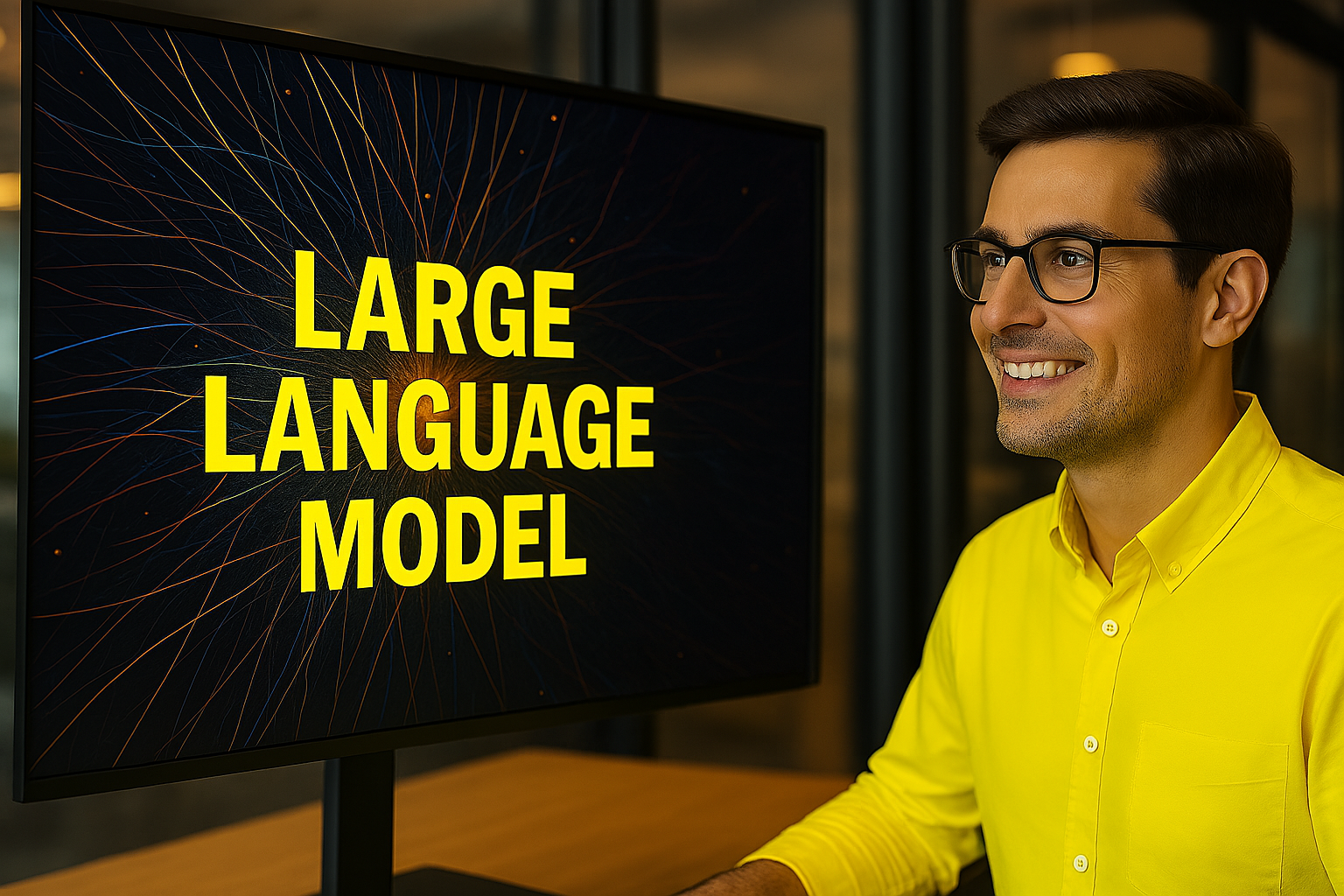
Large Language Model (LLM)
Large Language Models (LLMs) are advanced artificial intelligence systems designed to understand and generate human-like language. They belong to a class of foundation models – AI models trained on immense amounts of text data that give them broad capabilities across many tasks. Instead of being narrowly programmed for one purpose, an LLM learns from billions…
-
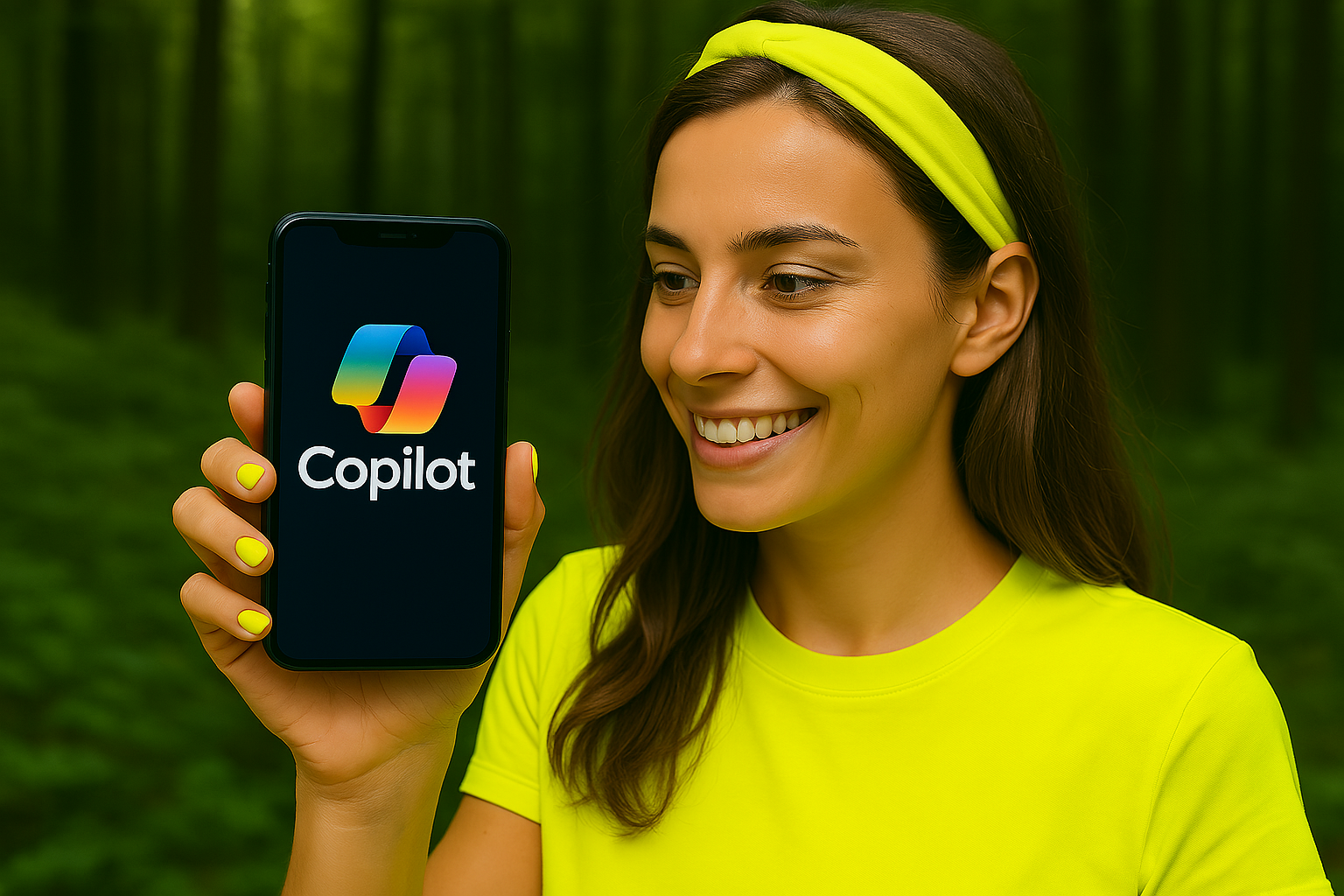
Microsoft Copilot: The AI Companion Revolutionizing Productivity
The advent of Microsoft Copilot marks a decisive moment in how individuals and organizations leverage artificial intelligence to amplify creativity, streamline workflows, and foster collaboration. Now deeply woven into Windows 11, Microsoft 365, GitHub, and Azure, Copilot reshapes expectations for productivity by understanding context, anticipating needs, and delivering concise, actionable suggestions. This article revisits Copilot’s…
-
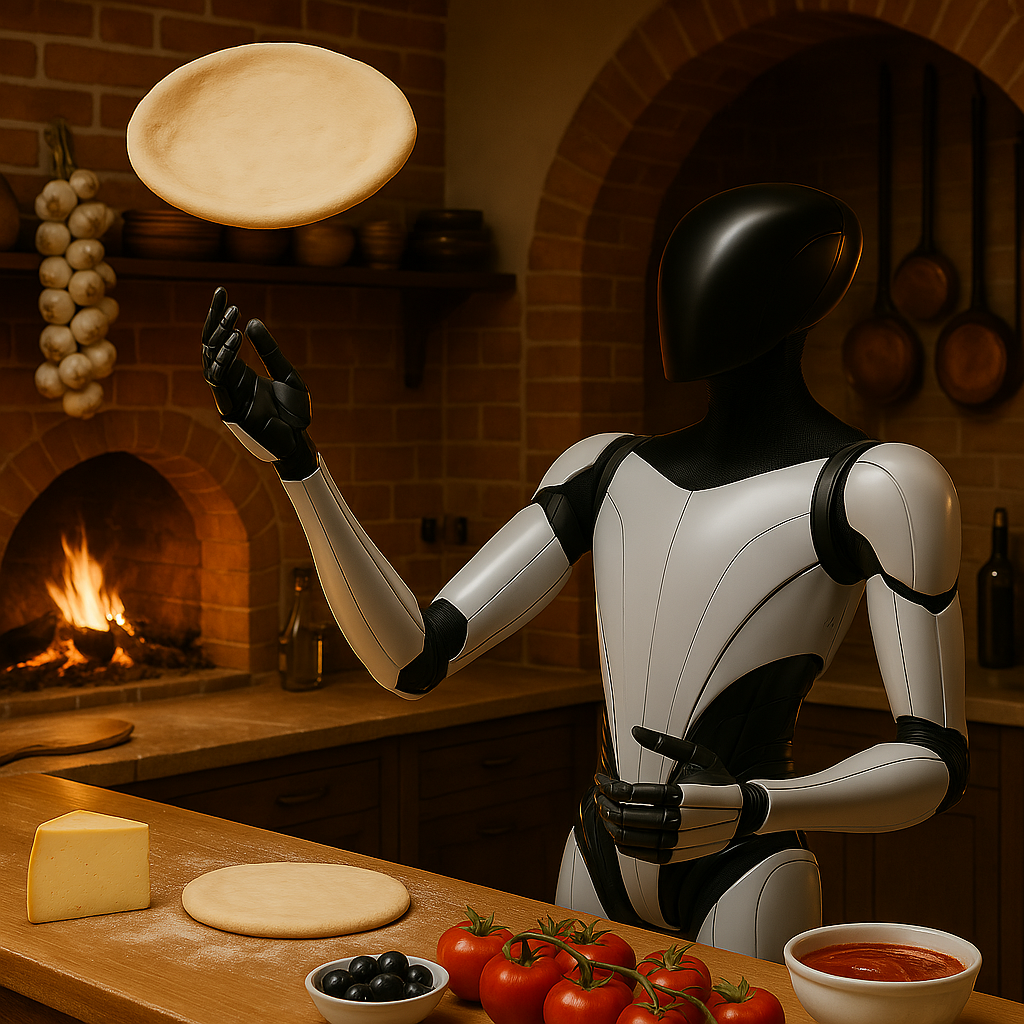
Tesla’s Optimus Robot: Toward a New Era of Humanoid Robotics
Overview: Vision, Purpose, and Design Philosophy Tesla’s Optimus – often dubbed the Tesla Bot – is a general-purpose humanoid robot initiative aimed at transforming the way we approach labor and automation. Announced by Elon Musk at Tesla’s AI Day in August 2021, Optimus was conceived to take over “dangerous, repetitive, and boring” tasks that humans…
-
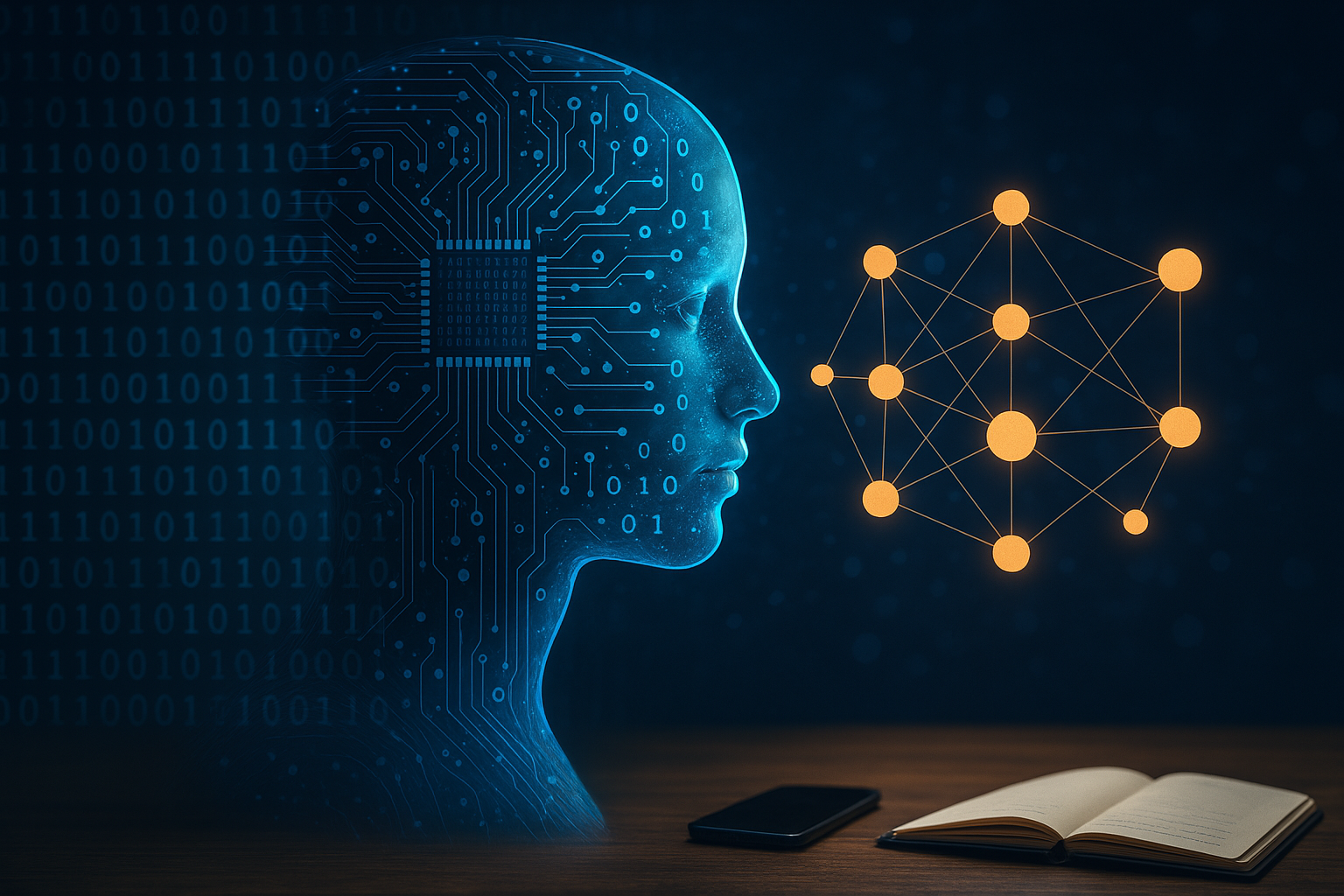
Machine Learning (ML)
Machine Learning (ML) is a subfield of artificial intelligence (AI) focused on developing algorithms that allow computers to learn from data and improve their performance over time without being explicitly programmed. In practical terms, a machine learning system automatically finds patterns in training data and uses those patterns to make predictions or decisions when given…
-
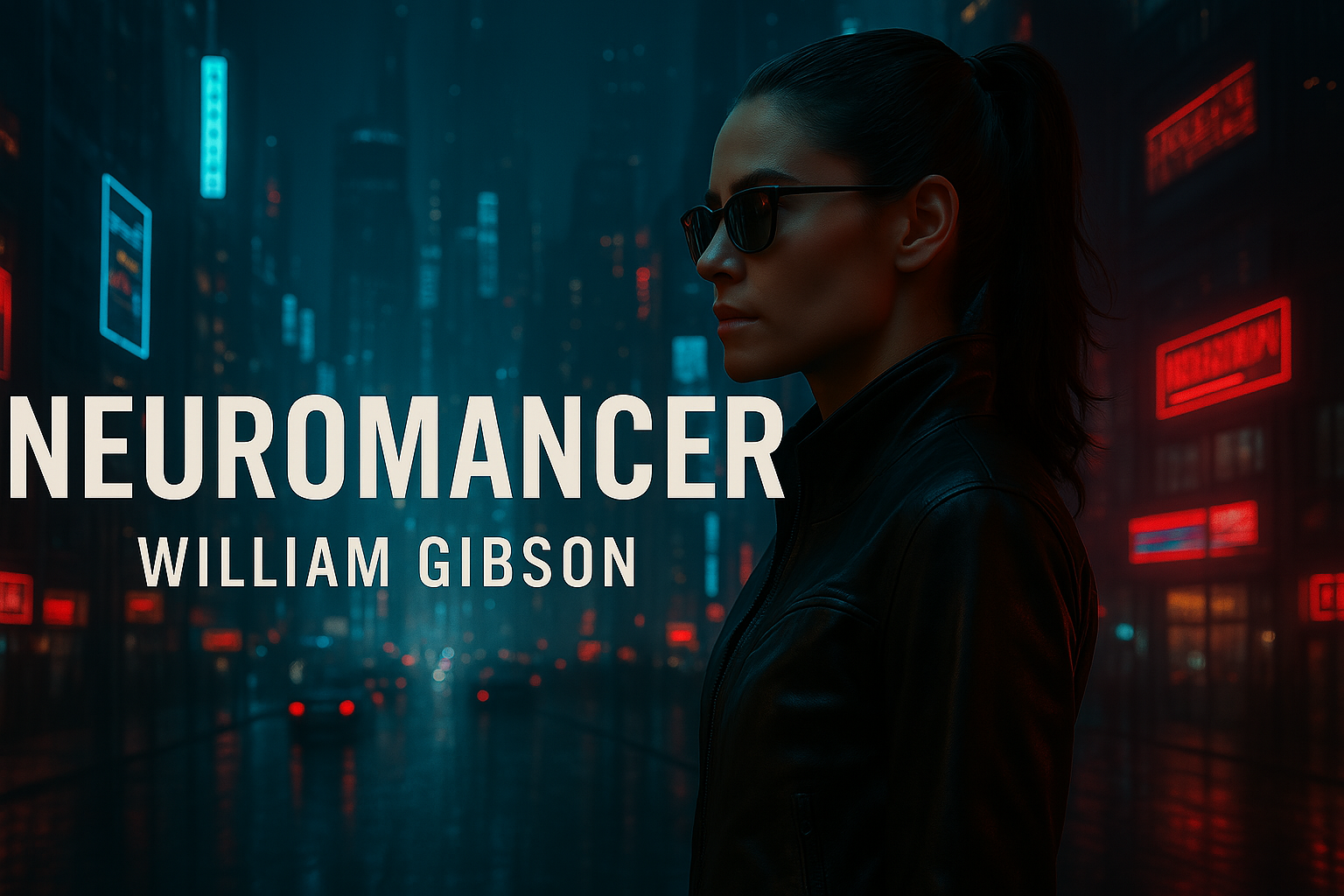
Neuromancer by William Gibson – A Cyberpunk Classic in Context
Historical and Cultural Context In 1984, William Gibson’s debut novel Neuromancer burst onto the science fiction scene, helping launch a bold new subgenre that came to be known as cyberpunk. The early 1980s provided fertile ground for this movement – a time of Cold War anxieties, rising conservatism, and rapid technological change. Personal computing was…

